Growing and Harvesting Bok Choy (Pak Choi) in India from Seeds
Previous PostThis blog stems from a recent experience our team had exhibiting during an event in Chandigarh. While making the visitors taste microgreens that we grew in our office, three varieties of radish were a big hit owing to their definitive spicy flavour.
However, the humble pot of Pak Choi microgreens needed some nudge from the team since a large chunk of the visitors had no idea what Bok Choy or Pak Choi actually is. All we could say in simple terms was, ‘It is an Asian Cabbage’. And if you are a fan of authentic Sichuan style vegetables, you have definitely had a taste of this crunchy green.
Bok choy, also called pak choi, is a type of Chinese cabbage that has been grown in Asia for over 1,500 years. The name “bok choy” comes from Cantonese, meaning “white vegetable,” while “pak choi” is the Mandarin version. Today, it is loved across the world for its crisp stems and tender green leaves. In modern cuisine, it is used in soups, stir-fries, noodles, and salads, bringing both flavour and nutrition to the plate.
Best Season to Grow Bok Choy in India

Bok Choy is a cool-season vegetable, making it perfect for Indian winters. In North India (Punjab, Haryana, Delhi, Uttar Pradesh), it grows best from October to February. In South India (Tamil Nadu, Kerala), where winters are mild, you can sow it from November to January. In Eastern states like Sikkim and West Bengal, it thrives from October to March. In Western states such as Gujarat and Rajasthan, it is best grown from November until early February before the hot weather sets in.
How to Grow and Care for Bok Choy from Seeds

Soil Preparation
Bok Choy prefers loose, fertile soil that holds moisture but drains well. A mix of garden soil, compost, and a little sand works well. The soil should be slightly acidic to neutral (pH 6–7).
Sowing the Seeds
Sow Pak Choi Seeds about 1 cm deep directly in the soil. Keep 20–25 cm between plants and 30–35 cm between rows for healthy growth. For a family of four, you need at least 15–20 plants per season, which requires about 1–1.5 square metres of space. Bok choy can also be grown in containers; use a container at least 25–30 cm deep and wide for good root growth. In addition to this, these seeds can also be grown as a pak choi microgreens for health and nutrition.
Now let’s talk about some friends and foes of the Pak Choi plant in the garden. It grows well with carrots, onions, and beetroots. Avoid planting it near strawberries or climbing beans as they compete for nutrients.
Temperature
Bok Choy grows best when the soil temperature is between 15–25°C and the air temperature stays between 10–25°C. Very high heat can make it bolt (flower early), so try to grow it in the cooler months.
Watering
Keep the soil consistently moist but never waterlogged. Water deeply 2–3 times a week, depending on the weather. Mulching around the plants helps to keep moisture in and reduces weeds.
Sunlight
Bok choy needs 4–5 hours of direct sunlight daily. In very hot regions, some afternoon shade will help prevent wilting and bolting.
Fertilising
Feed the plants every 2–3 weeks with natural fertilisers such as compost tea, vermicompost, or diluted cow dung slurry. These provide enough nutrients without harming the soil or plants.
Addressing Pests and Diseases
Pests like aphids, flea beetles, and cabbage worms often attack bok choy. You can spray neem oil mixed with water as a natural insect repellent. Introducing ladybirds in the garden also helps control aphids naturally. To avoid fungal issues, water at the base of the plant and not on the leaves.
Harvesting Bok Choy

Bok choy matures in about 55–70 days after sowing. You can either cut the whole plant at the base along with the edible bulbous white stem or harvest the outer leaves as needed. When harvested leaf by leaf, the plant continues to regrow, giving you multiple harvests in one season. Baby Bok Choy is also harvested as a crudité with sauces in hors d'oeuvre.
Recipe with Fresh Bok Choy Harvest

Garlic Stir-Fried Bok Choy
- Wash and chop fresh bok choy into halves.
- Heat 2 tablespoons of oil in a pan.
- Add 3–4 cloves of chopped garlic and sauté until golden.
- Toss in the bok choy and stir-fry for 3–4 minutes.
- Add a pinch of salt and a splash of soy sauce.
- Serve hot with steamed rice or noodles.
This simple recipe keeps the crunch of bok choy while adding flavour to your meal. Bok Choi can also be braised, sautéed, steamed, grilled, or pickled.
So this sowing season, order some Pak Choi Seeds and grow this incredibly versatile vegetable in your kitchen garden.
Happy Gardening!


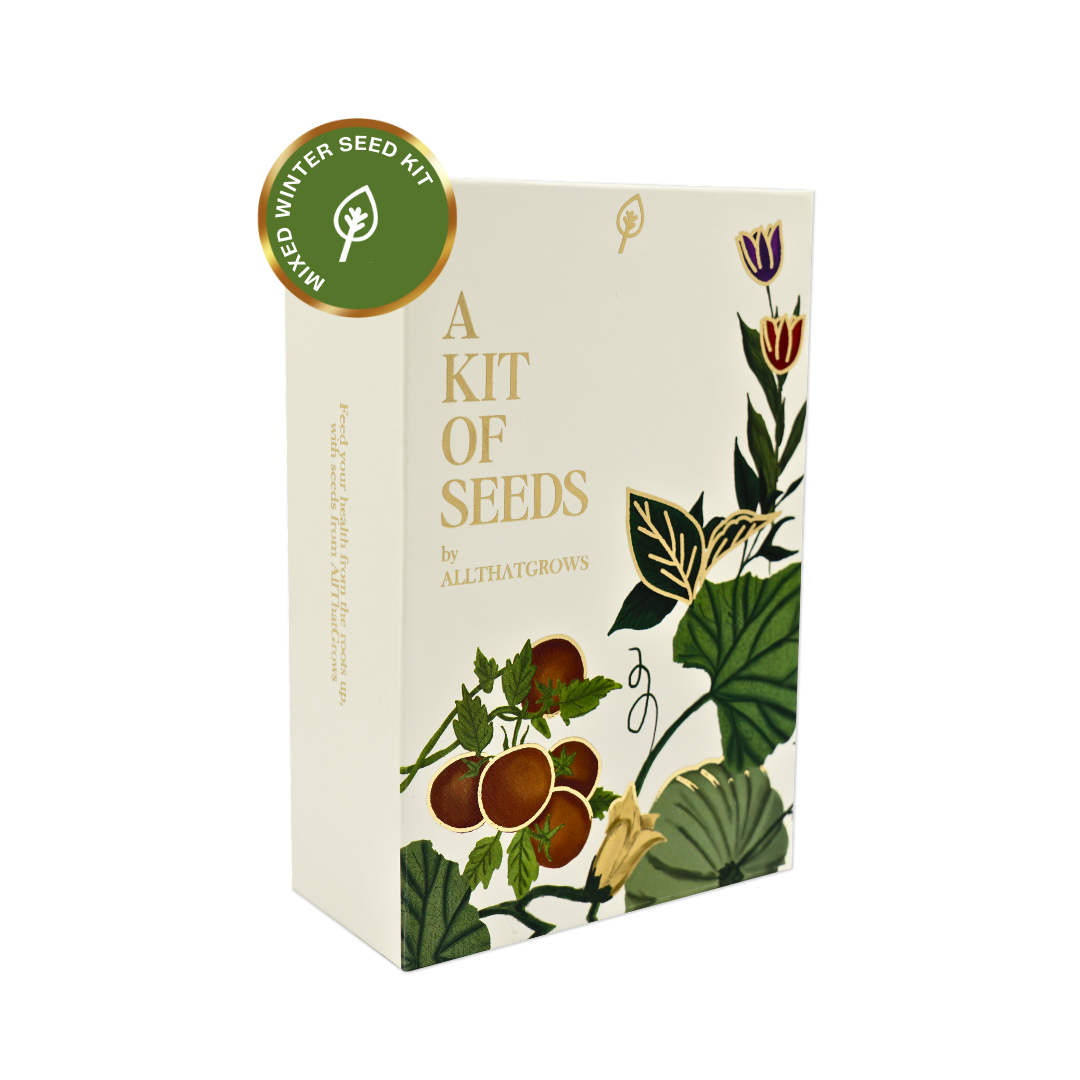

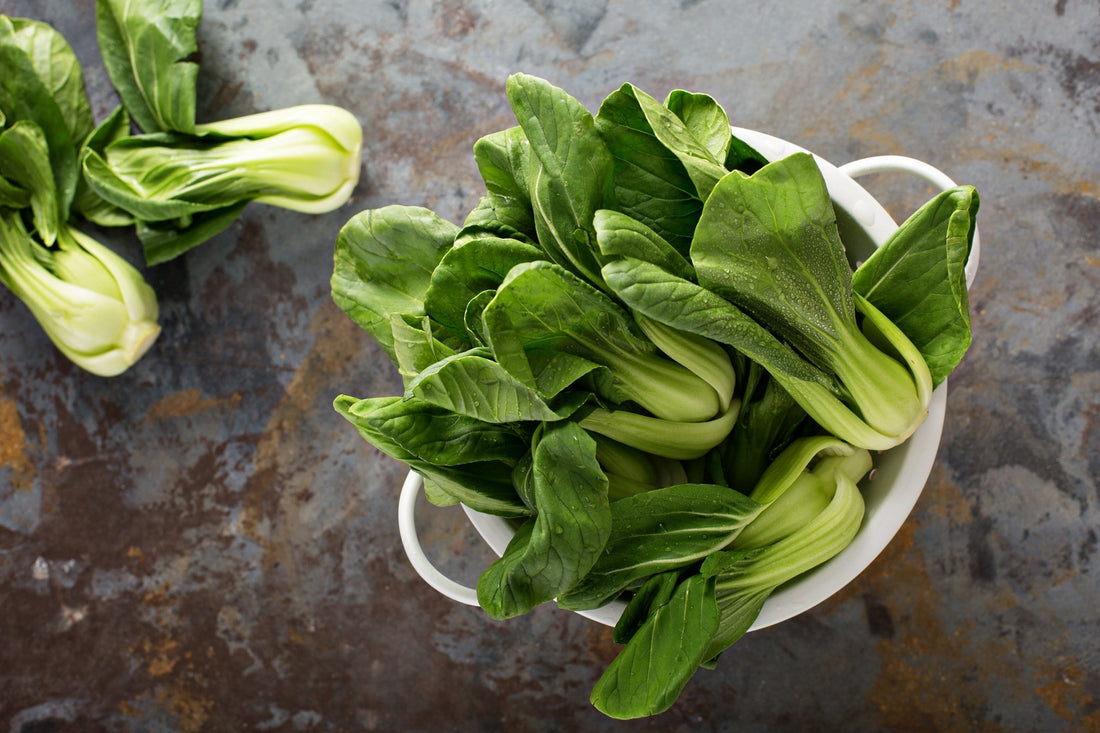
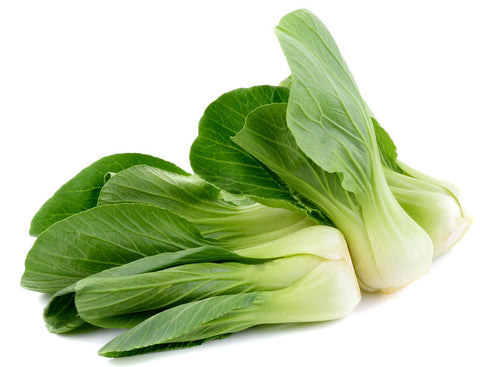
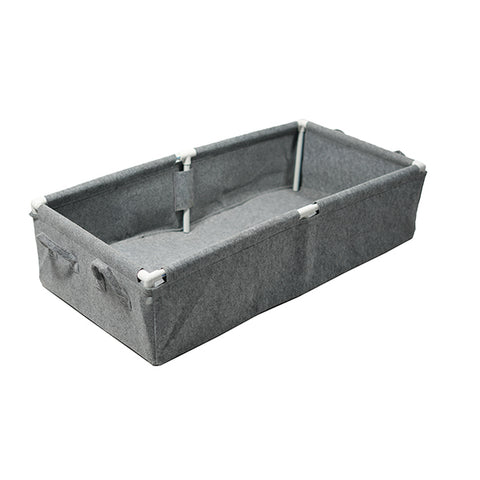
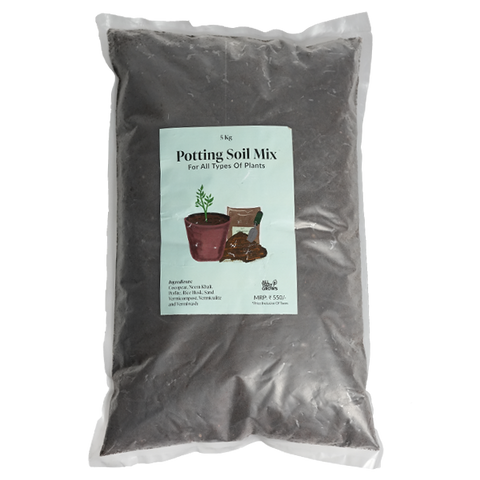
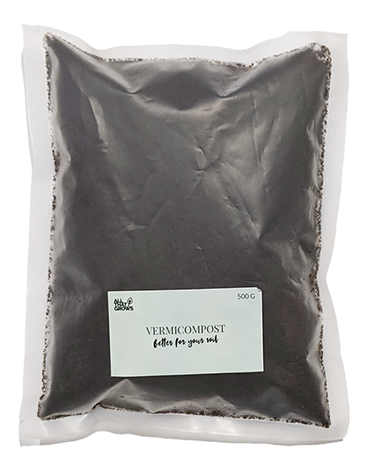

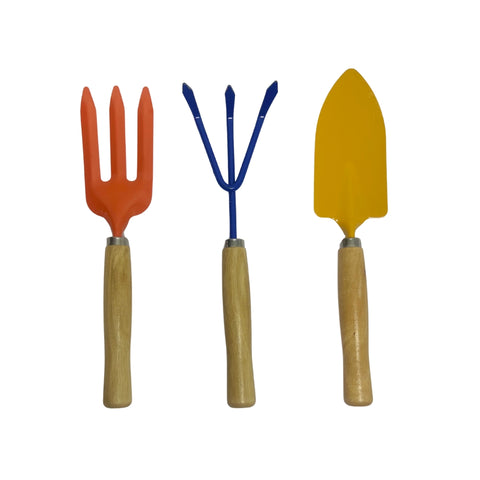
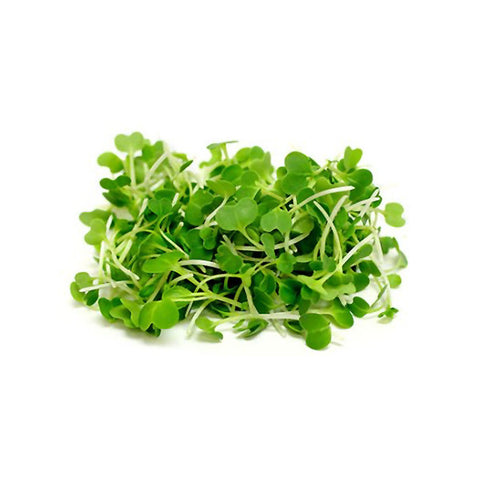
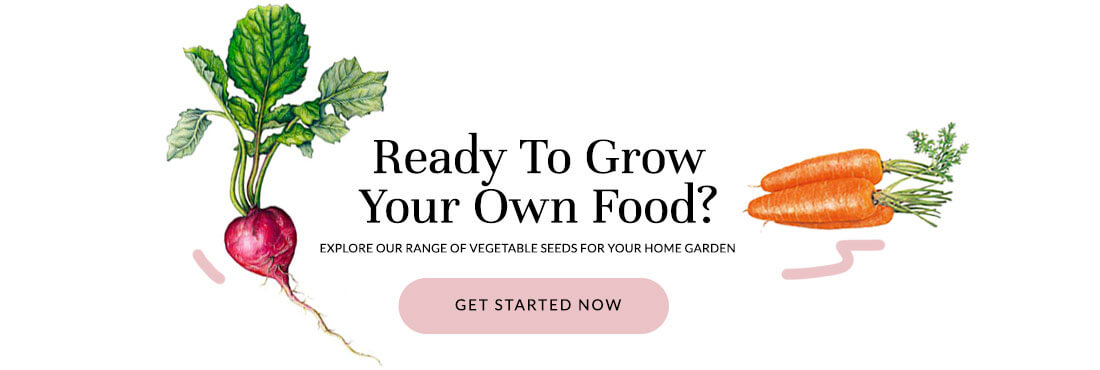

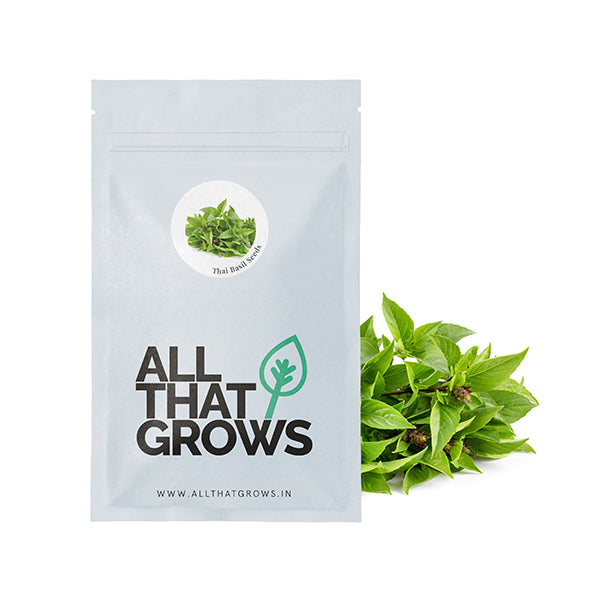
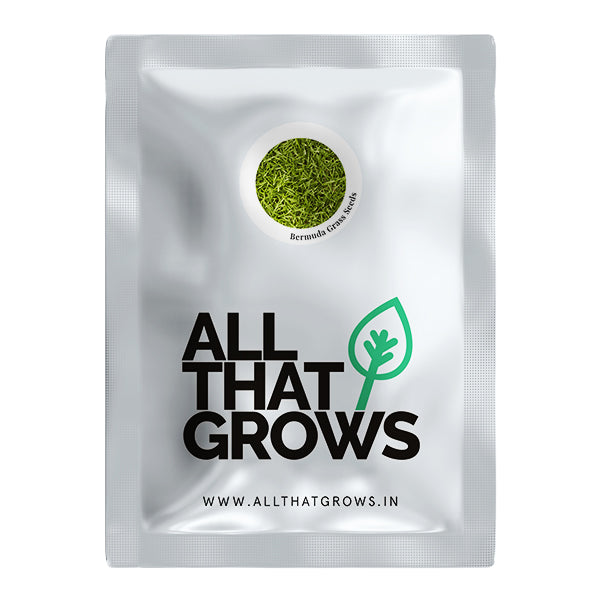
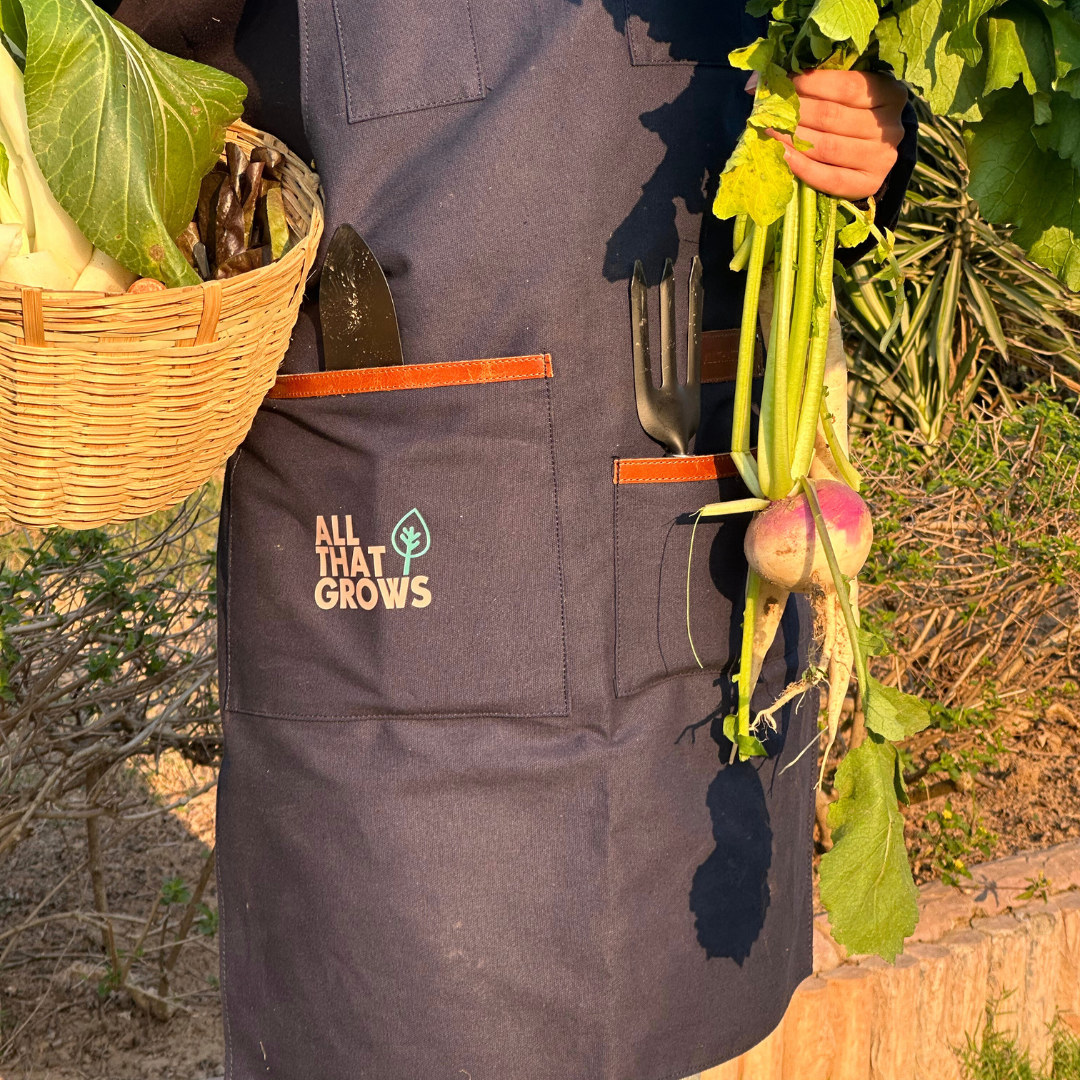

Leave a comment